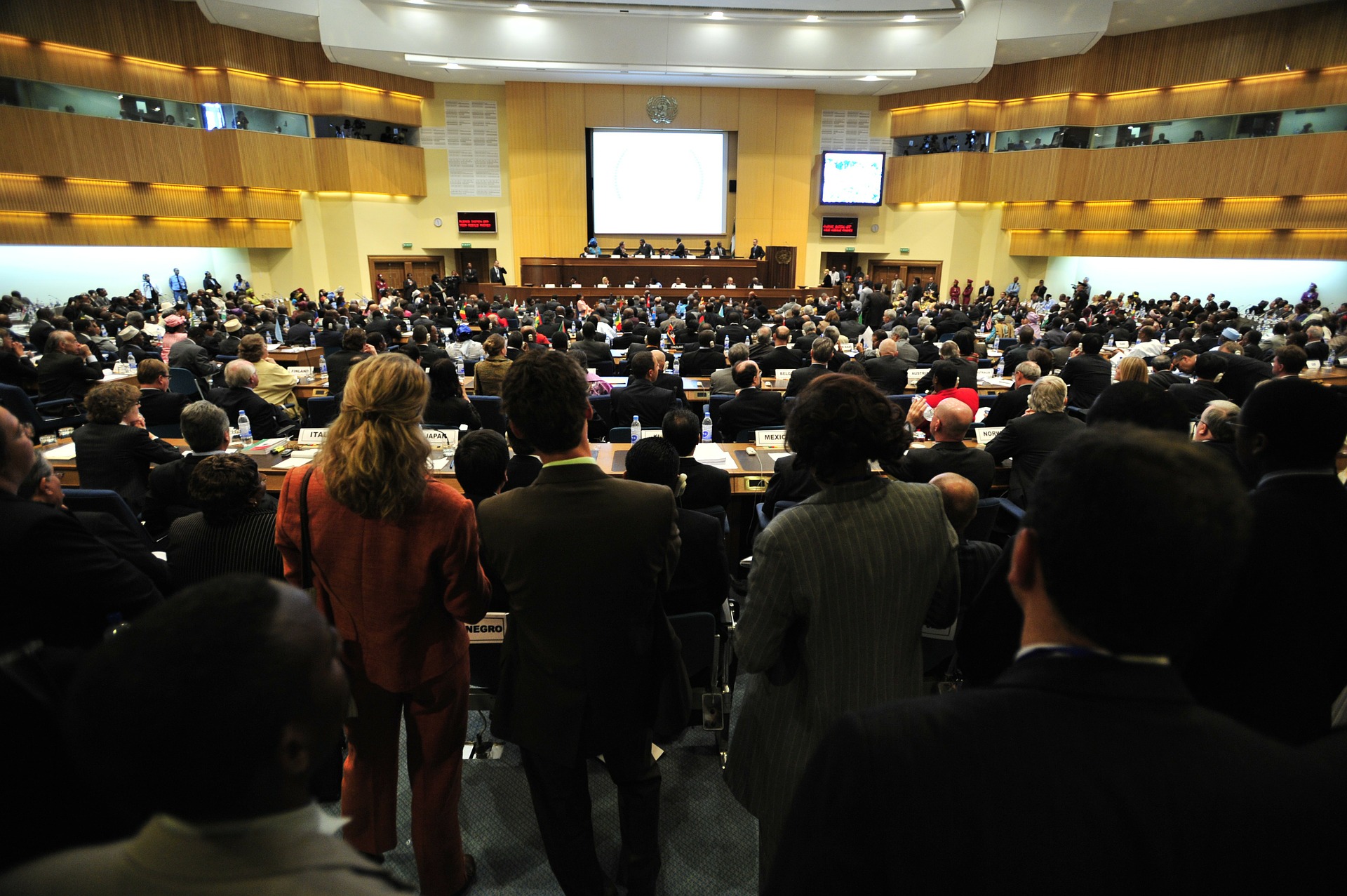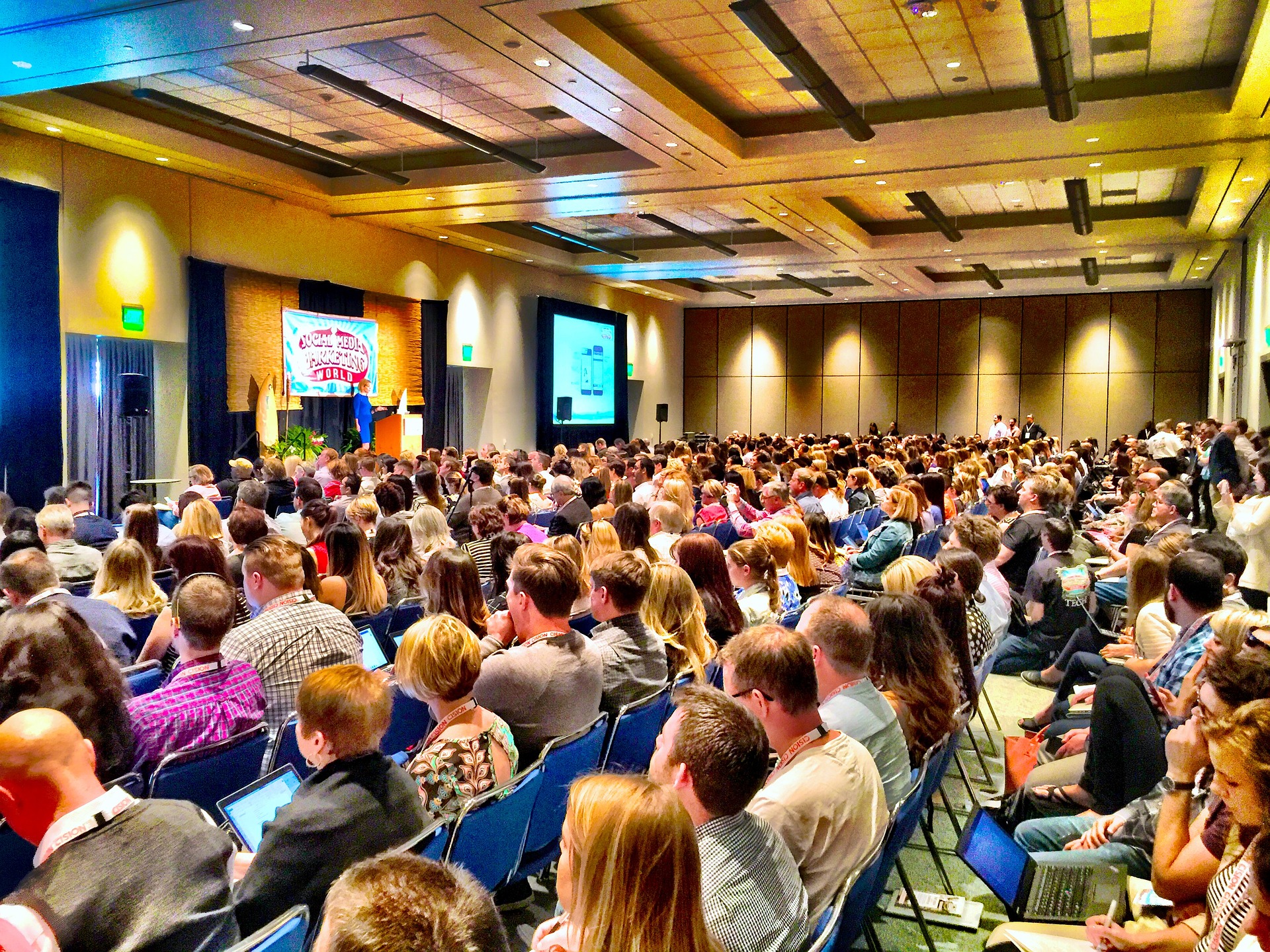
Last week was a full one for us here at Oveit; on Wednesday we visited the lovely city of Riga to participate at We are Museums event WAM 2017 – Tech loves Culture, where we met many museums professionals eager to use #tech to offer their customers a better experience; Thursday and Friday were reserved for ICEEfest, Interactive Central & Eastern Europe, one of the biggest tech-related events in Central & Eastern Europe. At ICEEfest we were in charge with the registration process and also implemented the cashless payment system, offering attendees the possibility to pay using their wristbands. Everything went as smooth as it can so we thought that would be nice to share some insights that can help you to implement this cashless payment method for your next event.
Here are some hints for a better workflow:
Use the right tool, so you don’t have to use 2 of 3 different software products for one event (our friends used Oveit to sell tickets, check in attendees, print badges and set up the cashless payment system). We used our software “as a hole” and made it really easy to associate the NFC wristbands to an attendee and credit his/her account.
Test your hardware. For this event, we used 24 laptops, 10 NFC readers, and 6 thermal printers. It all worked well but you can be sure that we didn’t wait for the first guests to arrive before we (individually) tested every piece of hardware that we were going to use for the big event. We checked and double checked so when the guests started to arrive we knew that everything is in place and any malfunction that may occur can be easily fixed.
Make sure you have enough power supplies and a strong internet connection (it is strongly recommended to use a private network for your apps, different from the one used by your guests).
You will need to host 2 different training sessions for people operating the software: one with the cashiers (that will credit your attendees’ accounts) and one with the vendors. It’s incredibly easy to use the NFC cashless payment system (at least ours is) but you must make sure that everyone knows how to use it (don’t assume that they don’t need to test it first).
Have a crew on site that knows how to use the software and can be of help if needed. If you have access credentials for each selling point it would be best if the “guys on sight” have the ability to reset them (they are there as a backup, to fix any problem that may occur). If someone has trouble remembering how to log in (or what’s the correct password) – they will have someone to ask for help. You use NFC to improve the general experience so make sure that you have someone on site for this sort of problems.
Conclusions
Using cashless payments was a bliss; there were attendees from all over the world at ICEEfest, so you understand why using cash would’ve been a problem. First, not everyone had the time to stop by an ATM and withdraw cash; second, the queues would’ve been huge with hundreds of people trying to figure out which bills to use. This system allowed everyone to use their credit/debit card to top-up their accounts and a simple tap for pay at all the 8 stores available on site. The result?
A payment system that was very easy to use and no more queueing.
If you still have doubts about the NFC technology and how it can help you offer a better experience for your attendees I encourage you to read this article, where you will find (almost) all the right reasons :).



